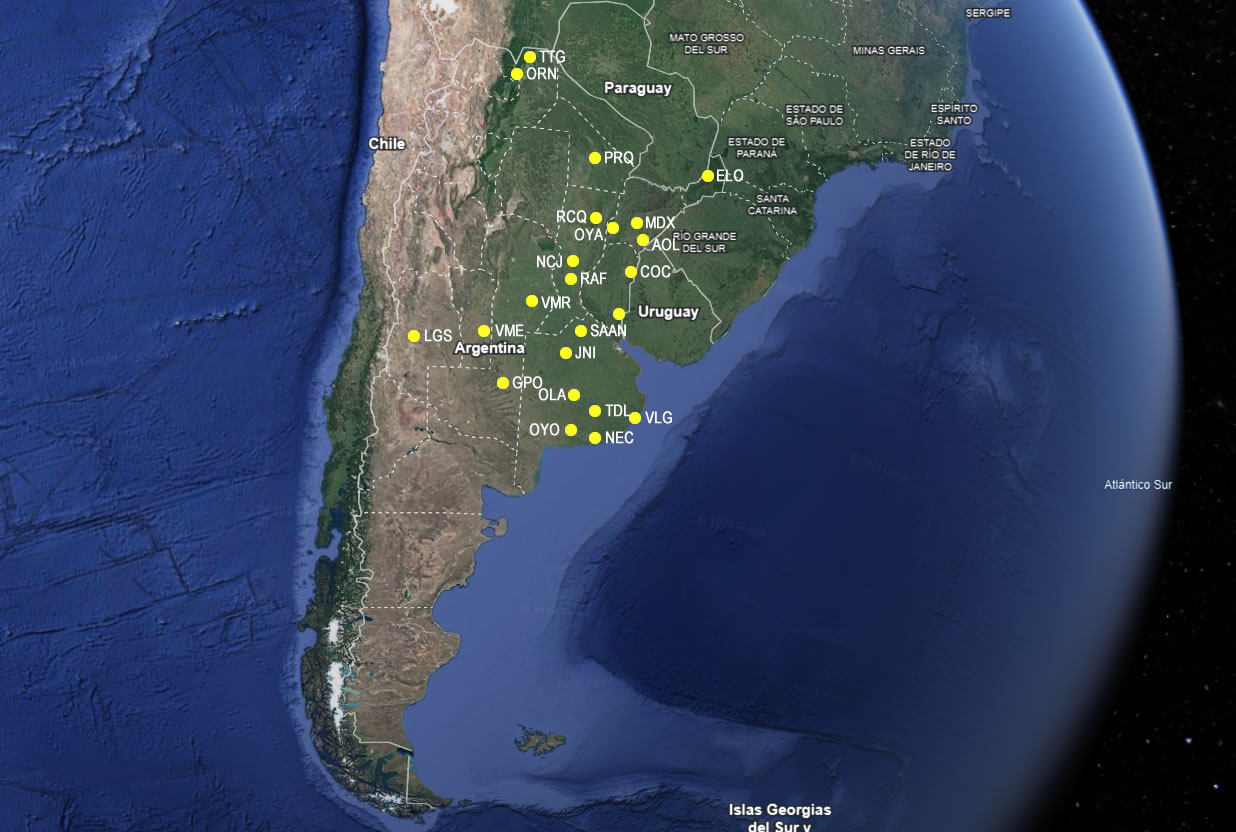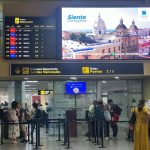The Ministry of Deregulation and State Transformation, led by Federico Sturzenegger, has called on small aircraft owners in Argentina to contribute to the development of regional aviation.
«To those who own small planes in various cities across the country, we invite you to become local airlines connecting those cities with the country’s main airports,» the official stated on his Twitter account.
«In recent weeks, Hummings announced it will connect Olavarría, Tandil, Venado Tuerto, and Villa María with Aeroparque. American Jet announced the addition of nine mid-sized aircraft to expand its internal flight network. Today, with Provision 12/24 issued by the Undersecretary of Air Transport, Hernán Gómez, and as explained by Secretary of Transport Franco Mogetta, the authorization process for aeronautical ventures with small aircraft has been further streamlined,» he added.
Streamlined procedures to promote regional aviation
As we reported earlier, Provision 12/2024, published today in the Official Gazette, establishes a simplified procedure for the authorization of non-scheduled air transport in aircraft with up to 19 seats. This measure aims to reduce administrative burdens, expedite processes, and promote the development of regional aviation. According to the document, operators will be able to simultaneously manage applications for air commercial authorization and the Air Service Operator Certificate (CESA), significantly reducing approval times, which currently exceed 120 days.
The new system also includes more efficient oversight by the National Directorate of Operational Safety (DNSO), which will evaluate compliance with the requirements established in the Aeronautical Code. Once this stage is complete, projects will be forwarded to the Undersecretariat of Air Transport for final approval.
One of the major concerns about a measure like this is how to ensure that the multiple operators that may emerge comply with the regulations related to operational safety (a concern that may also extend to small airports or airfields), especially considering that the ANAC has been dealing with years of institutional deterioration, which the current administration is attempting to address.
See also: The Argentine government intervenes in ANAC over «significant dysfunctions»
This measure complements the reforms introduced by the Regulation for Access to Air Transport Markets, enacted in July 2024, which promotes air connectivity throughout the country under principles such as free market access, tariff deregulation, and continuous operational oversight.
«The development of local airlines with small aircraft is key to connecting cities that currently have low demand or lack air services. This will better integrate our vast territory and boost regional aviation,» highlighted Franco Mogetta, Secretary of Transport of Argentina.
The government’s call and the recent provision aim to energize regional aviation and create new opportunities for entrepreneurs in the sector. Time will tell if, this time, significant progress can be made in addressing Argentina’s longstanding debt to the regional aviation segment.
This map, featured in a report on regional aviation in Argentina, highlights several cities with over 30,000 inhabitants that have airport infrastructure (either operational or adaptable with investment) capable of handling regional flights but have lacked any commercial operations for years.
Among them are Concordia (COC), with a new airport soon to be inaugurated; Villa Mercedes (VME), Villa María (VMR), Olavarría (OLA), Tandil (TDL), General Pico (GPO), and Rafaela (RAF), all significant agro-industrial hubs.
The map also excludes at least another twenty cities in the southern part of the country that have airports suitable for regional aviation. These were built not necessarily to serve large urban centers but to provide connectivity to remote areas of Patagonia during times when road infrastructure was nonexistent or inadequate, particularly during long winters with heavy snowfalls. Examples include Gobernador Gregores, Río Turbio, San Julián, Puerto Deseado, Capitán Sarmiento, Río Mayo, El Bolsón, Ingeniero Jacobacci, Cutral Co, Alto Río Senguer, and many more with populations between 5,000 and 15,000 inhabitants. These cities were served at various times in Argentina’s commercial aviation history by Líneas Aéreas del Estado (LADE), the promotion airline operated by the Argentine Air Force, whose role in regional aviation deserves a separate chapter, as it has significantly diminished over the past two decades.















